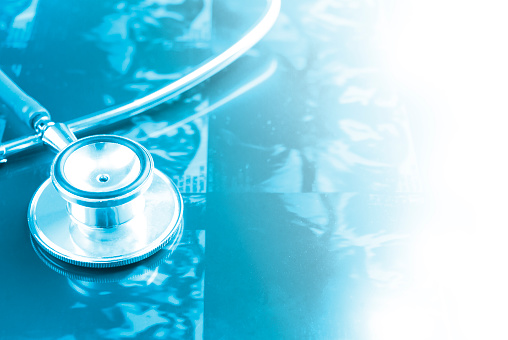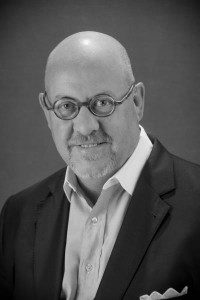Advancing Healthcare through Tissue Donation

By Medline Newsroom Staff | October 3, 2017
Chronic health conditions impact nearly half of all U.S. adults, and about 117 million people in the U.S. had one or more chronic health condition. Damage due to disease and trauma can increase the need for donated human tissue, according to new data from Persistence Market Research. That’s why members of the American Association of Tissue Banks (AATB) recover tissue from approximately 30,000 generous donors each year and distribute in excess of two million allografts for transplant and each year 1.5 million tissue transplants are performed. One tissue donation can also heal dozens of lives.
AATB, a non-profit, scientific and educational organization, was founded in 1976 to promote the safety and utilization of donated human tissue. Frank S. Wilton is the president and CEO, and talked with Medline about the trends members will be addressing at AATB’s upcoming annual meeting in Orlando.

Frank S. Wilton is the President and CEO of AATB.
During AATB’s annual meeting, what do you hope attendees walk away with?
Wilton: We hope attendees leave enlightened, inspired, refreshed and connected with colleagues from all over the world. The Program Committee has done a fantastic job of adding new sessions from every different area of the tissue spectrum, including toxicology, sperm and embryo donation, donation for research and donor family services. Their work is important. One tissue donation can heal the lives of 75 people.
What professional issues are currently top of mind for AATB members?
Wilton: Maintaining a safe, abundant supply of donated human tissue involves staying abreast of news in a variety of areas including infectious disease testing, changing regulations and improvements in technology. Currently the potential spread and development of testing for the Zika virus, guidance on HCT/P deviation reporting from the Food and Drug Administration, and the appropriate usage of unique device identification (UDI) systems are some of the issues that are being discussed. The AATB offers accreditation to facilities for a variety of tissue types, including: autologous, birth, cardiac, cellular, dura mater, musculoskeletal, vascular, reproductive, skin, surgical bone and non-transplant anatomical material. The AATB website features an Accredited Bank Search Tool provides an up-to-the-minute search on accredited facilities.
Tell us about the role AATB plays in helping members address these challenges?
Wilton: A group of engaged tissue processors worked with the AATB Board of Governors to create the AATB Tissue Policy Group (TPG) in April 2013. This separate LLC was formed to exclusively perform public policy activities in furtherance of AATB’s exempt purposes, specifically with respect to domestic regulatory and legislative issues. One of the TPG’s primary missions is to collaborate with the FDA and respond to requests for comments. Four of the issues the TPG is currently addressing are: 1) homologous use, 2) same-site surgical, 3) minimal manipulation and 4) use of adipose tissue.
Why are partnerships so important in advancing healthcare, especially for tissue banks?
I have visited more than 50 tissue banking facilities over the past five years, and during this time, I noticed the Medline logo in numerous medical supply storage areas. I routinely hear positive feedback about our partnership. In addition, during the past four years, this collaboration has saved our accredited institutions collectively more than four million dollars in medical and surgical supply costs which allows AATB to provide even more value to members.
Visit Medline at the AATB Annual Meeting by going to Booths #3 and #4 and learn more about how Medline can help your facility maintain the integrity of tissue donation.
Medline Newsroom Staff
Medline Newsroom Staff
Medline's newsroom staff researches and reports on the latest news and trends in healthcare.

